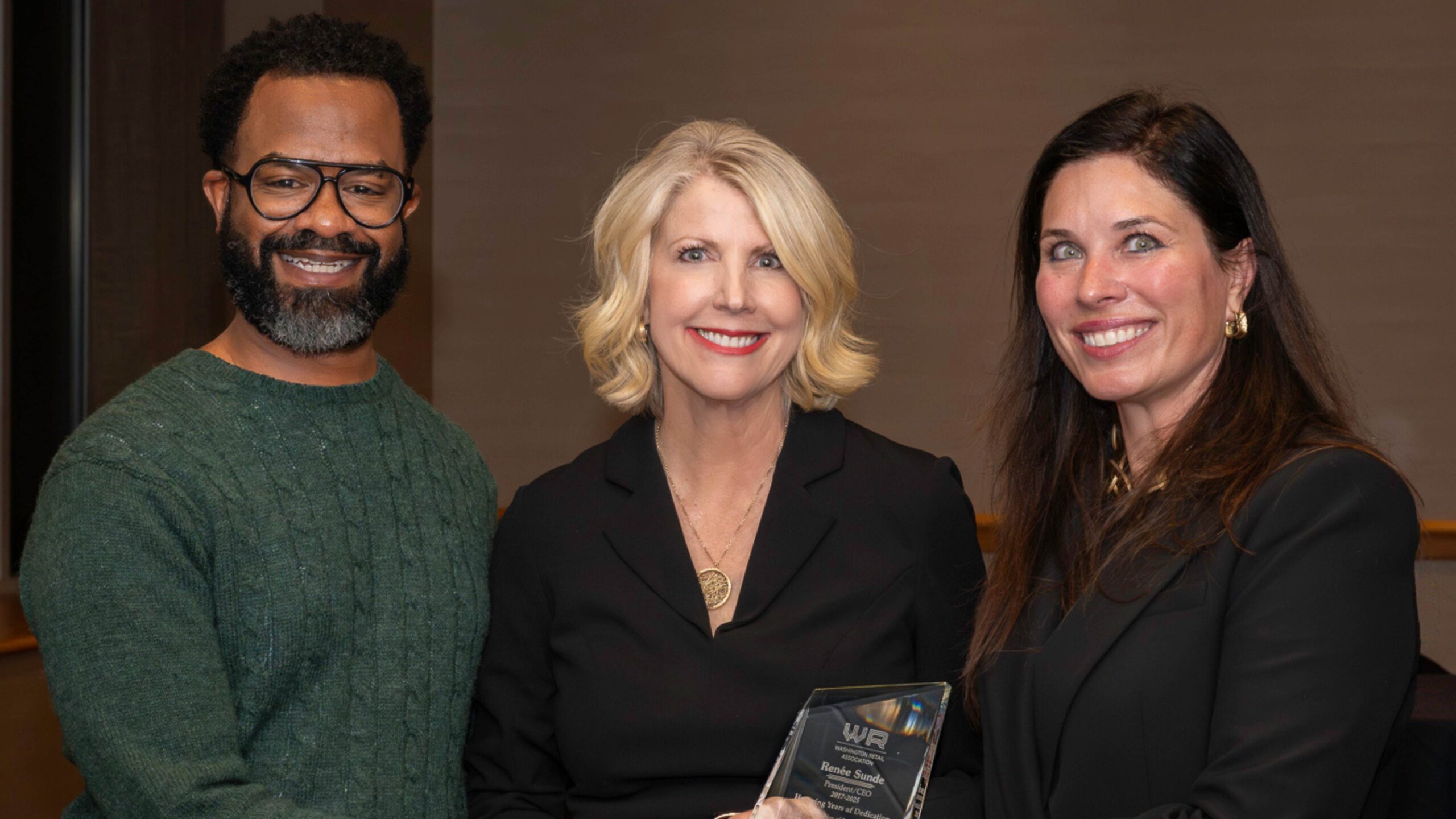
Inflation in the U.S. rose modestly in October, marking the first increase in seven months, driven by higher rents, used car prices, and airfares. Consumer prices climbed 2.6% from a year earlier, up from 2.4% in September. Core inflation, which excludes volatile food and energy costs, remained steady at 3.3%. While most economists expect inflation to continue slowing, the uptick may signal rising costs at the grocery store and make it harder for the Federal Reserve to reduce interest rates further.
Despite the modest price increases, some costs, like gas and grocery prices, have shown improvement. Gas prices fell by 0.9%, while grocery costs increased only slightly by 0.1%. However, used car prices saw a notable spike of 2.7%, reversing months of decline.
The Federal Reserve remains focused on bringing inflation closer to its 2% target, with many expecting another rate cut in December. But with the economy growing faster than expected and consumers spending freely, future inflation and interest rate trends remain uncertain. Lower inflation expectations may offer consumers some relief as price pressures appear to be cooling.

